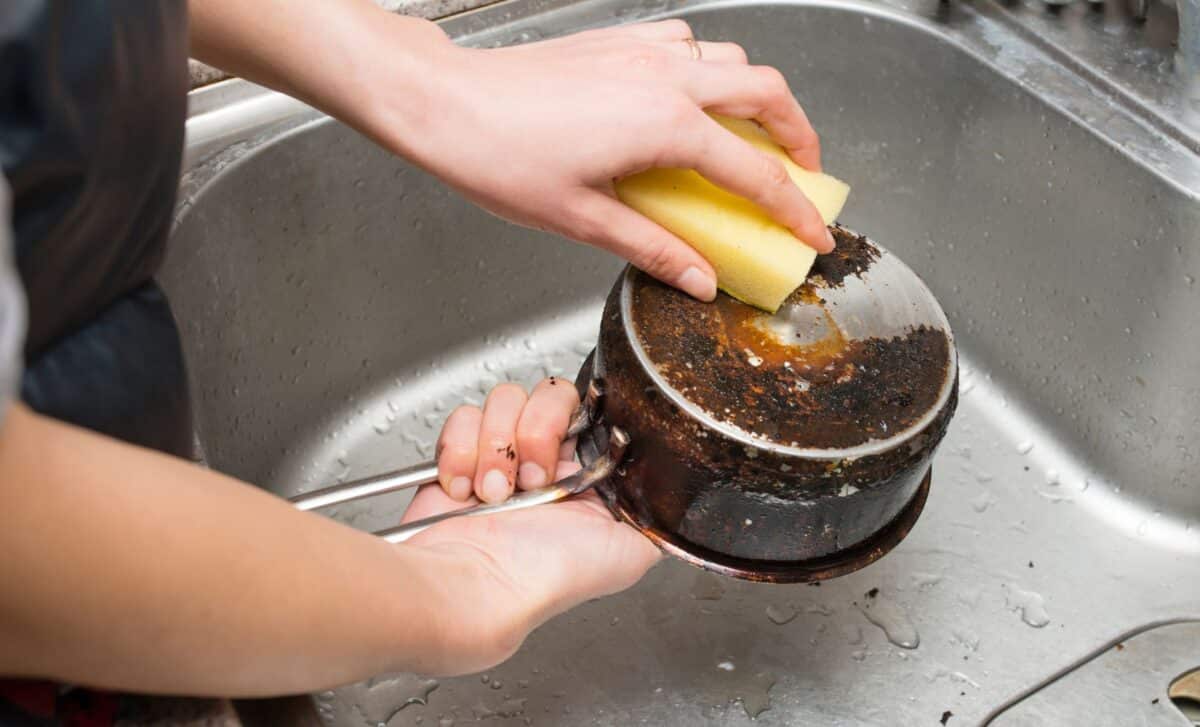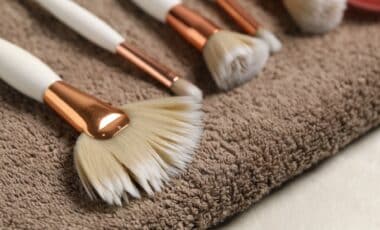Every home cook has faced it—your pasta sauce goes from simmering to scorching in the blink of an eye, and your once-trusty pot now looks like it’s been through a bonfire. But don’t throw in the (kitchen) towel just yet. These time-tested tips will help you restore your cookware without breaking a sweat—or your sponge.
Why Burnt Pots Happen (And Why You Shouldn’t Panic)
Let’s be real—burnt pots are part of the cooking experience. Maybe the phone rang. Maybe the cat jumped on the counter. Or you just zoned out watching that bubbling risotto. Either way, you’re left with a crusty mess.
According to Eunice Byun, co-founder of kitchenware brand Material, letting residue build up is more than just a visual eyesore. It can affect flavor, increase health risks, and shorten the lifespan of your favorite pans.
Ditch Store Air Freshener Sprays: The Genius DIY Trick That Makes Your Home Smell Amazing Naturally
The Classic Soda Soak (Aka: Your Pot’s Bubble Bath)
One of the gentlest and most effective ways to tackle that burnt mess is the baking soda plus hydrogen peroxide combo. Think of it like a spa treatment for your scorched cookware. Just pour a generous amount of baking soda and hydrogen peroxide into the pot, let it sit for a few hours (up to six if it’s really stubborn), then scrub gently with a non-abrasive sponge. The result? A clean pot and a guilt-free conscience.
Vinegar Volcano To The Rescue
Time to channel your inner fifth-grader and do a little science. Add equal parts water and white vinegar to your pot and bring it to a boil. Turn off the heat and sprinkle in some baking soda. After that bubbly moment passes, dump out the liquid, wash the pot with dish soap, rinse, and dry. This method is especially satisfying and surprisingly effective for medium-duty burns.
The Heavy-duty Secret Weapon
When the going gets tough, the tough bring out the powder. Bon Ami and Bar Keeper’s Friend are both longtime favorites among kitchen pros and old-school home cooks. Lightly dampen your pot, sprinkle on the cleaner, and scrub with a soft sponge. Let it sit for a minute if the stains are particularly stubborn. Just don’t use these on cast iron or non-stick pans—they’re too harsh for those sensitive surfaces.
Not All Cookware Is Created Equal
Before you go all-in on scrubbing, take a moment to remember what kind of pot you’re dealing with. Cast iron loves salt and heat but hates soaking. Copper demands a soft touch (and a little polish if you’re feeling fancy). Non-stick needs gentle sponges and a firm ‘no’ to steel wool. Understanding your tools means you’ll clean smarter, not harder—and your pots will thank you by lasting longer.







